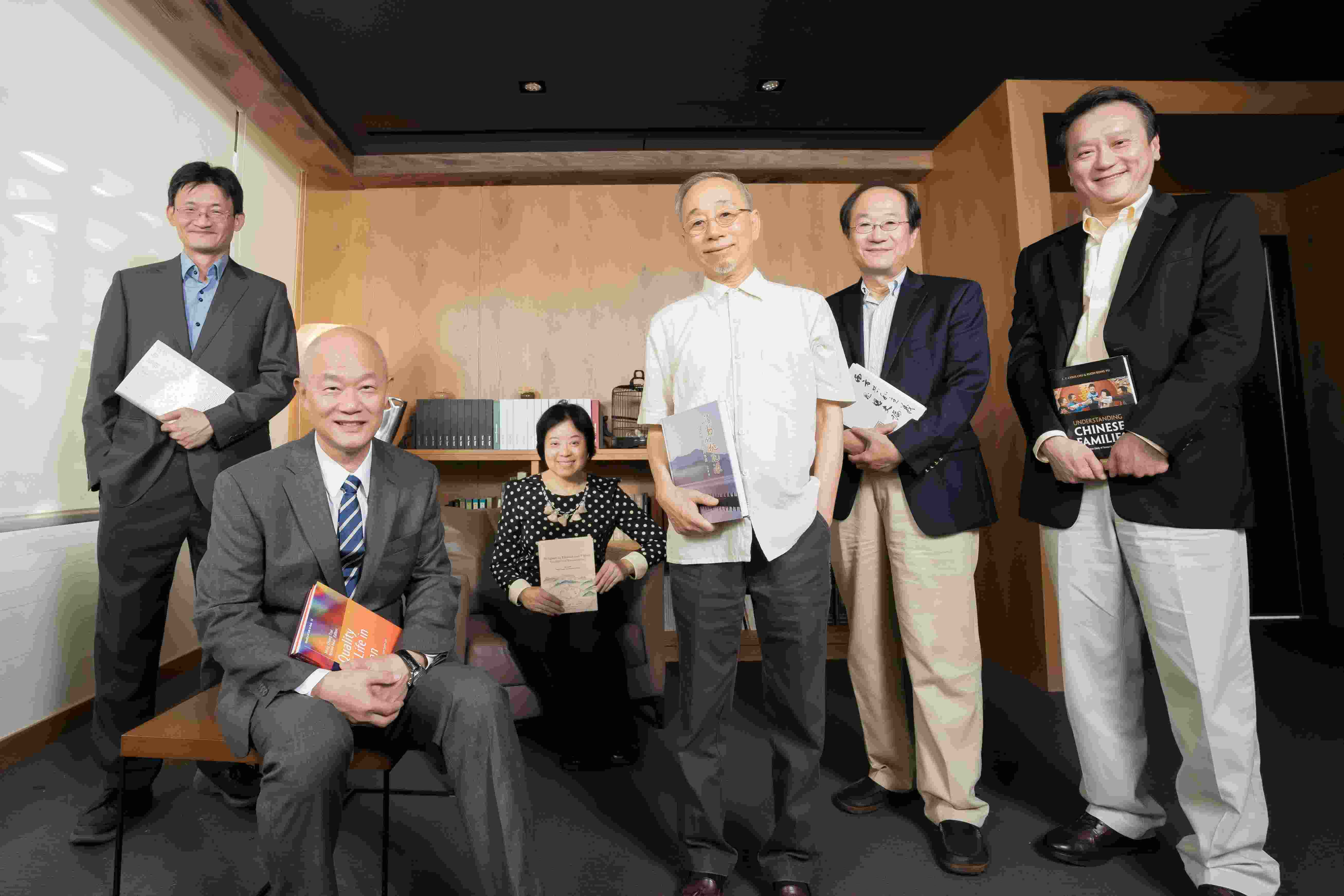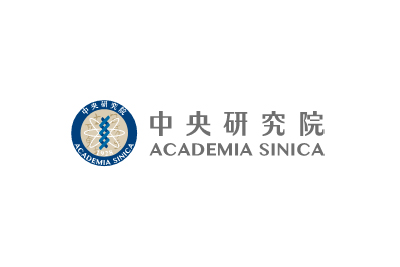- Lectures
- Institute of Astronomy and Astrophysics
- Location
R1412 of the Astronomy-Mathematics Building, National Taiwan University
- Speaker Name
Bovornpratch Vijarnwannaluk
- State
Definitive
- Url
Statistical X-ray AGN studies show that a significant fraction of active galactic nuclei (AGN) show large amounts of absorption in their X-ray emission. The fraction of absorbed AGN also shows an increase with redshift and a decrease with luminosity. However, these trends are not well established above redshift 2, especially for luminous AGN (log Lx [erg /s]>44.5). Using the uniquely deep & wide multiwavelength imaging datasets in the HSC-Deep XMM-LSS field, we investigated the absorbed fraction of luminous AGN with log Lx [erg /s]>44.5 above redshift 2. We found an absorbed fraction of 76±4% which is more than twice the fraction in the local universe (~30%). We further investigated the incidence of absorption in samples of Type 1 & 2 AGN at redshift 0.8-1.8 under AGN obscuration scenarios which describe absorption properties in the local universe. For most of the sample, the Eddington ratio of Type-2 AGN is lower than type-1 broad-line AGN. The distribution is consistent with dusty nuclear obscuration regulated by radiation pressure. However, we find evidence of non-nuclear obscuration among the sample of Type-1 AGN. These observations indicate that high redshift black hole growth occurs under heavy obscuration which is not fully explained under models of nuclear obscuration by a dusty torus. It requires additional components of obscuration from the host galaxy as well as dust-free absorption by nuclear gas.









 Home
Home

